All about the weight of river sand

Any builders and even the most ordinary people sometimes need to find out exactly the weight of river sand, to establish how many tons of it are in a cube. Basic information about how many kilograms a cubic meter of sand weighs can be found in special tables. However, it is possible to calculate the amount of filling in an ordinary bucket in other traditionally encountered cases only by starting from the specific and volumetric weight of 1 m3.
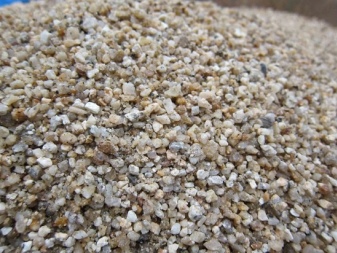
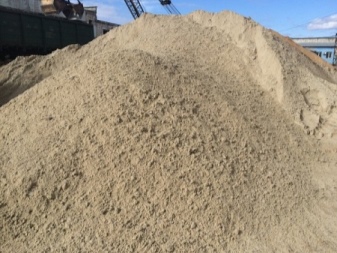
Influencing factors
Good river sand is delivered to customers in a more or less standardized form. However, it still experiences a number of influences that directly affect the mass of a particular volume. It is quite obvious that the higher the humidity, the higher the density. Rather, the so-called bulk density of a bulk substance depends on the degree of moisture. Experienced builders and delivery workers know very well that storing sand outdoors in winter increases its weight by 10-15%.
The specific indicator depends on the amount of snow and ice that has formed on the stored sand. You should also pay attention to the grain size. This indicator, influencing the trading parameters of the material, is itself determined by the geological and climatic parameters of a particular deposit. It is customary to divide sand by size module into 3 main categories:
- small (no more than 1.5-2 mm);
- medium (from 2 to 2.5 mm);
- large (over 2.5 mm).
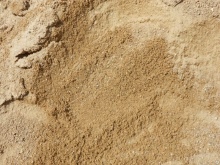
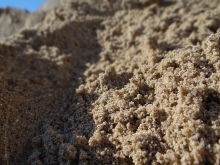

Sand raw materials from reservoirs have increased roundness. After all, both water and friction act on the grains of sand. Under mechanical action, flakiness increases, which, however, affects, to a greater extent, not the weight, but the strength of the sand. For private buildings and small paths, flakiness can be ignored. But in case of large-scale construction, it cannot be ignored.
The bulk density of sand is determined primarily by compaction. Shaking increases the compaction. In the process of pouring from one container to another, during unloading it is reduced. Accordingly, the compaction ratio can vary from 1.1 to 1.3. But one more nuance must be taken into account - various impurities may be present in the composition of the sand; to take everything into account as accurately as possible, you need to buy sand on a warm, dry day.
Materials science distinguishes the following types of sand density:
- real;
- technological;
- bulk;
- true (it is conditional).

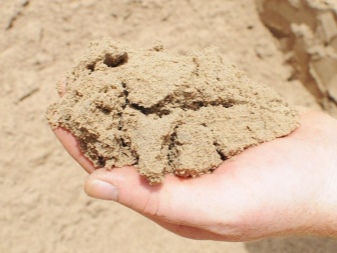
The bulk density is determined by dividing the weight of the raw material by its volume during the research process. In this case, any cavities and air-saturated gaps are taken into account. The relative density denotes what is the ratio of the mass and volume of a substance after the highest practically used state. But the sand is free-flowing, and therefore, under real operating conditions, it does not reach the greatest compaction. To achieve this, professional presses are used.
The true density will definitely surpass all other parameters. In many cases, it turns out to be twice as high as they are. However, from a builder's point of view, only bulk density is of real importance.
It is in the appropriate state that bulk raw materials are used as a component of a mortar or foundation bed. Amateur builders should also be guided by it.

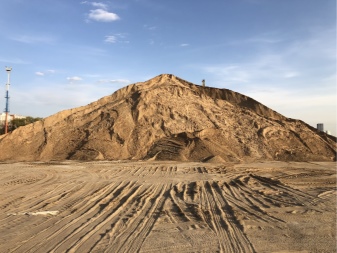
The bulk density of the sand is determined taking into account the modulus of the size or the grain size composition. The measurement is carried out by sifting the starting material through a sieve with heterogeneous cross-sections of the passages. This method only seems primitive - in fact, it is quite accurate. The content of all kinds of impurities in the composition of the sand, primarily gravel, is established without problems.Important: the section of grains of sand affects not only the mass, but also the so-called water demand.
Typical river sand grain size is 0.3-0.5 mm. The absence of various inclusions or their extremely limited number means that a cubic meter of sand from the river weighs more than the sand raw materials from the quarry. When assessing humidity, one must understand that it affects both the specific gravity and the bulk density (albeit to a somewhat lesser extent). This information is enough to estimate the required amount of raw materials for various situations. For more information, contact qualified consultants.
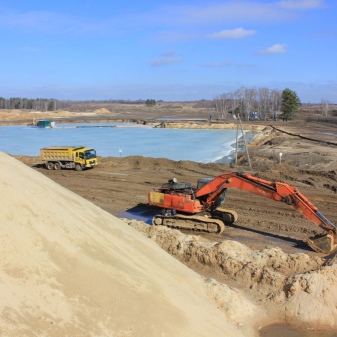
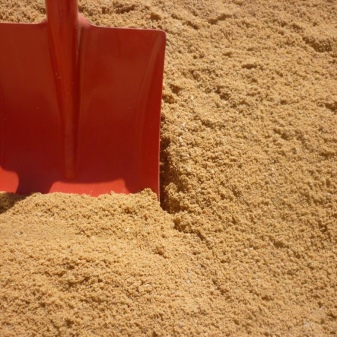
Weight according to GOST
To calculate how much a cubic meter of river sand weighs, it is advisable to take into account the information from the table.
View | Specific gravity in 1 m3 (kilogram) | Weight of 1 bucket with a volume of 12 liters (kg) |
Building sand with standard moisture content that meets the requirements of GOST 8736-93 | From 1550 to 1700 (according to other sources - 1500) | 18.5 to 20.5 |
River sand with compaction | From 1450 to 1600 (according to other sources 1630) | Average 20 |
Wet river sandy raw materials (water share more than 6 or 7%) | 1770 to 1860 | Average 22 |
River washed sand | 1500 | Estimated 19.56 |
River rammed | 1590 | Estimated 19.08 |
It should be borne in mind that not all suppliers are based on real indicators, taking into account the presence of voids and the number of pores in the grains of sand themselves. However, the real difference is very difficult to find. According to the standard, sand is divided into two classes, distinguished depending on the concentration of dust and clay inclusions. The volumetric weight of 1 m3 is from 2.55 to 2.65 units; the difference depends on the characteristics of the origin of the raw material.
It is also believed that there is usually up to 1.5 tons in a cube of river sand.
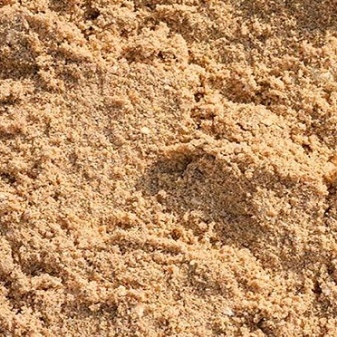
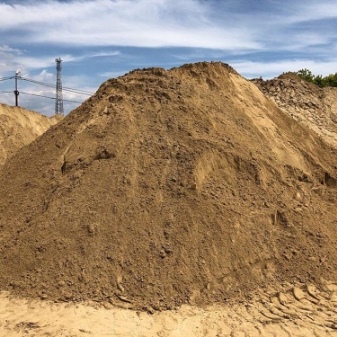
How to calculate?
The scheme for calculating the mass of river sandy raw materials is quite simple. Before determining its quantity in one bucket, it is necessary to first convert cubic meters into weight indicators. The planned volume of raw materials is multiplied by 1.1-1.3. Experienced civil engineers will provide more precise guidance. Correction factors are intended to eliminate the effect of losses due to storage and transportation. Bulk density also plays an important role. The easiest way to find out is the technical documentation that the supplier forms. The final calculation is carried out according to the scheme m = Vxp. The first factor is volume and the second is backfill density.
If you need to operate with just one cubic meter, the mass just coincides with the density. By default, the moisture content of the sand is assumed to be 6-7%. When this indicator is exceeded, the weight per calculation is increased by 20%. The smaller the grain size (fraction), the more the sand will "stretch" on the scales. Well-rammed bulk material will weigh approximately 16% more than un-tamped bulk material.
In turn, the more solid inclusions, the less mass will be, because strong particles leave free gaps between themselves.
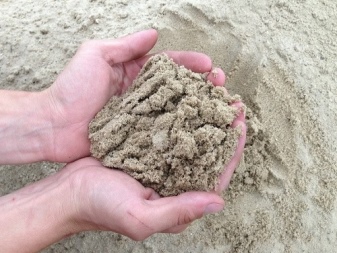

In the next video, you will find more information on building foundations on river sand.













The comment was sent successfully.